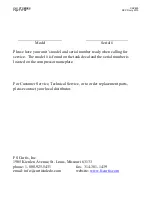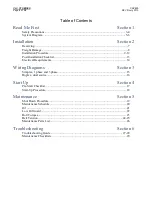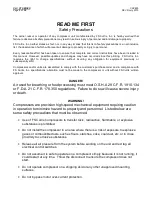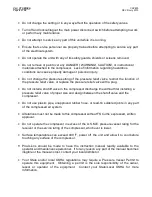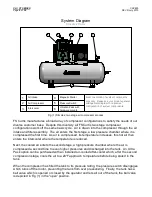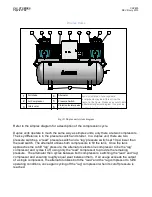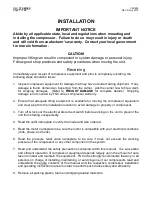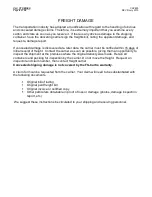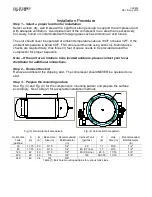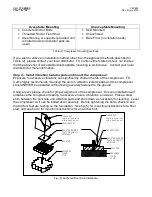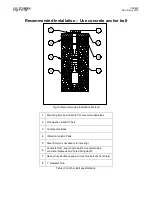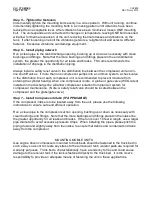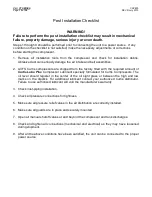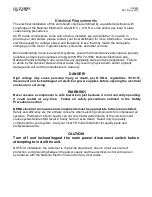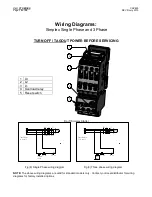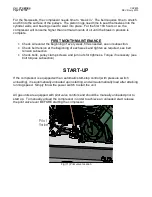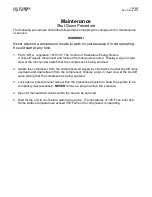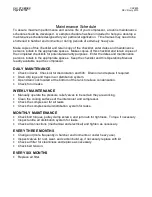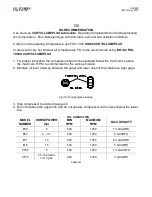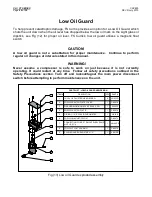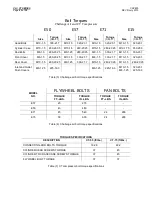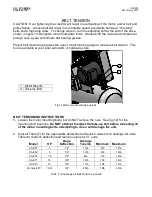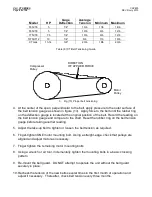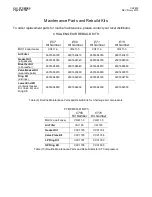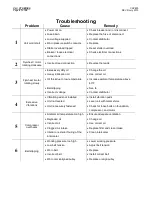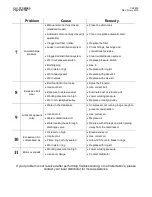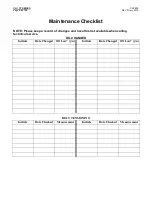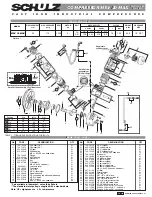
CA / CT SERIES
CAP600
Page
14 of 30
REV D July 2013
Electrical Requirements
The electrical installation of this unit should only be performed by a qualified electrician with
knowledge of the National Electrical Code (N.E.C.), O.S.H.A. code and/or any local or state
codes having precedence.
All FS Curtis compressors come with a factory installed, pre-wired starter, if you wish to
provide your own starter, please contact your local distributor for more information. Check the
electrical supply for voltage, phase, and frequency to see that they match the nameplate
stampings on the motor, magnetic starter, solenoids, and other controls.
Before attempting to service electrical systems, ensure that maintenance personal are properly
qualified, and service procedures comply with NFPA 70-1984, National Electrical Code,
National Electrical Safety Code, as well as any applicable state and local regulations. Failure
to abide by the national, state and local codes may result in physical harm and/or property
damage and will void the manufacturer’s warranty.
DANGER!
High voltage may cause personal injury or death, per O.S.H.A. regulations 1910.137,
disconnect and lockout/tagout all electrical power supplies before opening the electrical
enclosure or servicing.
WARNING!
Never assume a compressor is safe to work on just because it is not currently operating.
It could restart at any time. Follow all safety precautions outlined in the Safety
Precautions section.
NEMA electrical enclosures and components must be appropriate to the area installed.
Safety and efficiency are the primary concerns when selecting components for compressed air
systems. Products of inferior quality can not only hinder performance of the unit, but could
cause system failures that result in bodily harm or even death. Select only top quality
components for your system. Call your local FS Curtis Distributor for quality parts and
professional advice.
CAUTION!
Turn off and lockout/tagout the main power disconnect switch before
attempting to install the unit.
NOTE: At installation, the customer is to provide disconnect, branch circuit over-current
protection, and grounding between the power supply and the electrical control enclosure in
accordance with the National Electric Code and/or any local codes.


